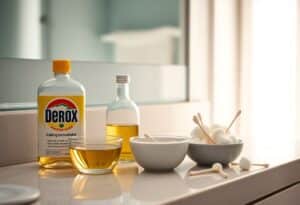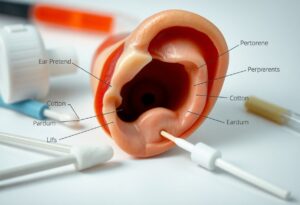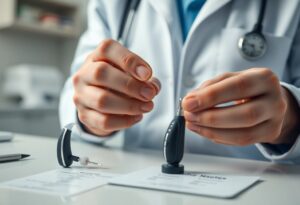Drops that effectively remove earwax can significantly improve your ear health and comfort. You may be unsure which products truly deliver results and are safe for your ears. In this guide, we’ll explore the best earwax removal drops available on the market, providing insights into their ingredients, effectiveness, and usage recommendations, so you can make an informed choice tailored to your needs.
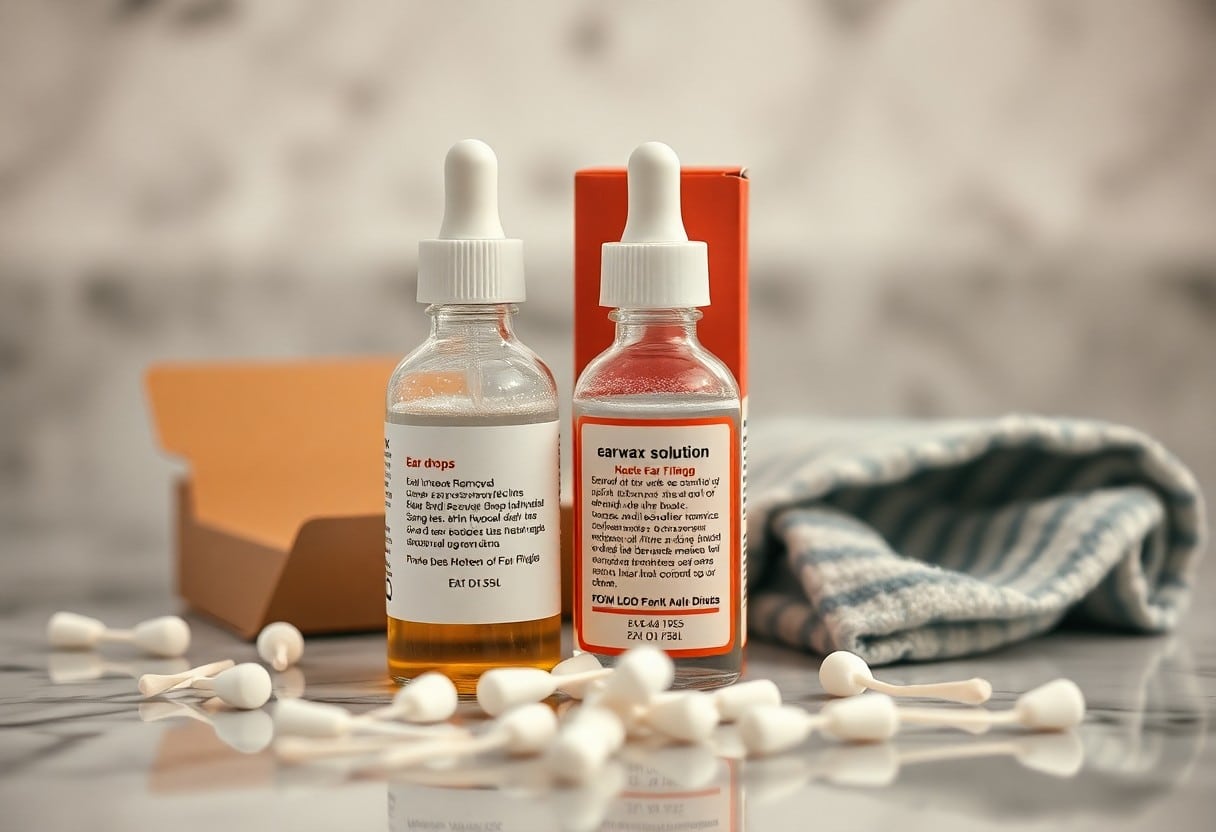
Key Takeaways:
- Effective earwax removal drops typically contain ingredients like carbamide peroxide or hydrogen peroxide, which help to soften and dissolve earwax.
- It is important to follow the manufacturer’s instructions carefully to avoid potential ear damage or discomfort during the removal process.
- Consulting a healthcare professional is recommended if experiencing symptoms like pain or significant blockage, as drops may not be suitable for everyone.
The Anatomy of Earwax: Why It Matters
The Role of Earwax in Ear Health
Earwax, or cerumen, serves as a natural protector for your ears, trapping dust, bacteria, and other foreign particles. This sticky substance helps prevent infections by keeping the ear canal moist and creating an inhospitable environment for pathogens. Moreover, it acts as a natural self-cleaning mechanism, gradually migrating to the outer ear as you chew and talk, which keeps your ears healthy and functioning optimally.
Common Misconceptions About Earwax
Many people believe that earwax is solely a sign of poor hygiene, but this is far from the truth. Earwax has several beneficial functions, such as protecting your ears and enhancing hearing. It’s also mistaken for an accumulation that needs frequent removal. In reality, excessive earwax can indicate a blockage or condition that should be addressed rather than a need for constant cleaning.
Misunderstandings about earwax can lead to unnecessary and often harmful practices, such as using cotton swabs deep in the ear canal. This can push wax further down and potentially cause harm. Additionally, the belief that earwax should be eliminated entirely disregards its protective qualities, leading to a false narrative about cleanliness. Recognizing earwax as a natural defense mechanism will encourage more informed and effective ear care practices.
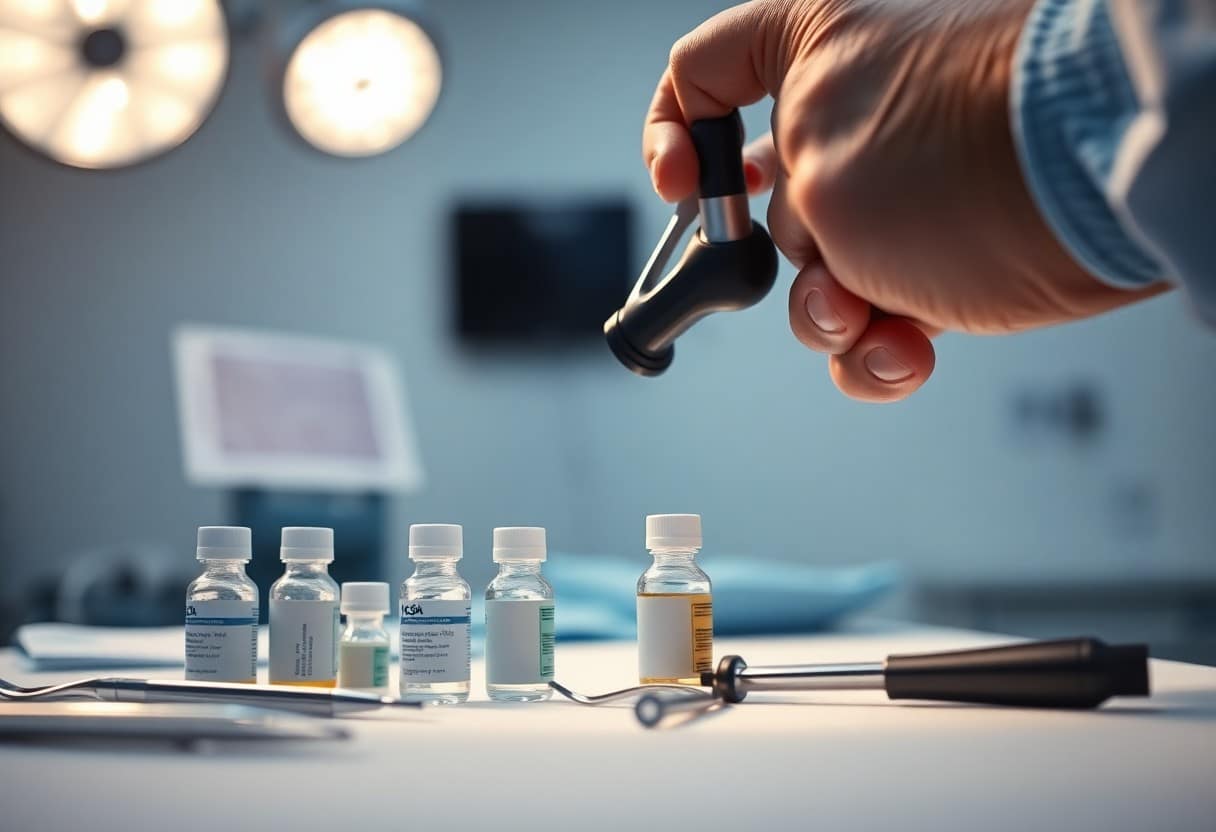
Red Flags: When to Consider Earwax Removal
Symptoms of Excessive Earwax Buildup
Excessive earwax buildup can manifest through various symptoms including muffled hearing, ear pain, or a feeling of fullness in the ear. You may also experience ringing in the ears, itchiness, or even discharge from the ear canal. If these issues arise, it’s a signal that your earwax may need attention to avoid further complications.
Risks of DIY Removal Methods
Engaging in DIY earwax removal methods can pose significant risks, such as ear canal injury or infection. Tools commonly used at home, like cotton swabs, can inadvertently push wax deeper, potentially causing impaction. This can lead to more severe symptoms and require professional intervention.
Many individuals resort to methods like using cotton swabs or other sharp objects to remove earwax, often unaware of the dangers they pose. Inserting these items can not only damage the sensitive skin in the ear canal but can also perforate the eardrum, resulting in permanent hearing loss. Statistics indicate that hundreds of thousands visit emergency rooms annually due to complications from improper earwax removal methods. Prioritizing safety by consulting a healthcare professional is advisable if excessive buildup is suspected.
The Science Behind Earwax Removal Drops
How Drops Work: Mechanisms at Play
Earwax removal drops typically operate through a combination of softening agents and surfactants, which disrupt the wax’s structure. Softening agents like carbamide peroxide penetrate the wax, breaking it down and making it easier for you to flush it out with warm water. Some drops include oil-based ingredients that aid in lubrication, allowing for greater ease in removing the wax over time.
Ingredients That Matter: What to Look For
Selecting the right earwax removal drops involves scrutinizing the ingredients for their effectiveness and safety. Look for active components like carbamide peroxide and saline solutions, which are known for their ability to dissolve earwax without irritating your ear canal. Essential oils like olive oil or mineral oil offer a natural alternative, providing a gentler method for earwax management.
Carbamide peroxide acts as a powerful emulsifier to break down hardened wax, while saline solutions help to maintain hydration within the ear canal, promoting a healthier environment. The presence of natural oils, such as olive oil, not only moisturizes but also aids in the easy dislodgment of wax. Always check for additional ingredients that might enhance effectiveness without causing irritation or allergic reactions, ensuring a safe and efficient ear cleaning process tailored to your needs.
The Top Contenders: Analyzing Popular Earwax Removal Drops
Product Comparisons: Ingredients, Effectiveness, and Safety
Examining the ingredients in earwax removal drops reveals key differences in effectiveness and safety. Notable products often utilize carbamide peroxide, hydrogen peroxide, or natural oils, each impacting the breakdown of earwax uniquely. Research suggests carbamide peroxide is the most effective for softening wax, while natural oils can provide gentler alternatives but may take longer to show results. Safety profiles also vary, with certain formulations being less irritating than others, necessitating careful consideration.
Comparison Table
| Product Name | Key Ingredients |
|---|---|
| Debrox | Carbamide Peroxide |
| Murine Ear Wax Removal | Hydrogen Peroxide |
| OtoClear | Natural Oils |
| Earwax MD | Carbamide Peroxide |
Expert and Consumer Reviews: What the Data Says
Insights from both experts and consumers highlight notable trends in earwax removal effectiveness. User ratings often indicate a preference for products containing carbamide peroxide, citing faster results and ease of use. An analysis of consumer feedback shows that around 78% of users reported satisfaction with their chosen drops, noting improved auditory function after treatment. Medical professionals recommend considering an individual’s ear health before selecting a product, emphasizing the importance of following the instructions for optimal results.
The Secret to Successful Usage: Tips for Application
- Always read the instructions on the label before use.
- Lie down on your side to allow for better absorption of the drops.
- Use a few drops only—excess may create a mess and be ineffective.
- Massage the outer ear gently after application to help disperse the solution.
- Keep your head tilted for a few minutes to maximize effectiveness.
- Be consistent with usage but avoid overuse, as it may irritate the ear canal.
Recognizing the right technique can greatly enhance the effectiveness of earwax removal drops.
Step-by-Step Guide to Applying Earwax Drops
To effectively apply earwax drops, start by placing the bottle in warm water for a few minutes to ease the solution. Next, lie on your side with the affected ear facing up, then instill the prescribed number of drops into the ear canal. Avoid touching the tip of the dropper to your ear to maintain hygiene. After application, gently massage the outer ear and remain in this position for at least 5-10 minutes to give the drops time to work.
Step-by-Step Process of Applying Earwax Drops
| 1. Warm the bottle | Place the bottle in warm water for a few minutes. |
| 2. Position yourself | Lie on your side with the affected ear facing up. |
| 3. Apply the drops | Instill the necessary number of drops into your ear. |
| 4. Massage the ear | Gently massage the outer ear to disperse the solution. |
| 5. Wait | Remain on your side for 5-10 minutes to maximize results. |
Timing and Frequency: Finding the Right Balance
Adjusting your usage schedule based on earwax production can significantly enhance the effectiveness of earwax drops. Most individuals benefit from using drops once a week to maintain clear ears, while those prone to excessive buildup may need to increase this to twice weekly. Observing the responses of your ears to treatment helps you tailor the frequency to your needs.
Consulting with a healthcare provider can help you identify your specific earwax production levels. If you notice excessive wax buildup or discomfort, increasing the frequency of applications may be necessary. However, allow sensitive skin time to recover between treatments if you experience irritation. Identifying the right rhythm for application not only prevents irritation but also maintains optimal ear health.
Beyond Drops: Alternative Earwax Removal Methods
Professional Services: When to Seek Help
If you’re experiencing severe discomfort, hearing loss, or blockage that doesn’t improve with over-the-counter drops, scheduling an appointment with a healthcare professional is imperative. Ear specialists can safely remove stubborn earwax using irrigation, suction, or specialized instruments, reducing the risk of injury or infection that can arise from at-home attempts.
Natural Remedy Insights: What Works and What Doesn’t
Many turn to natural remedies for earwax removal, yet their efficacy varies significantly. Oils like olive or almond are often touted for their ability to soften wax, but results depend on individual conditions. Some methods, such as hydrogen peroxide or vinegar solutions, can be effective but pose risks if not used properly. Understanding these nuances is key to achieving safe and effective results.
Using natural remedies like olive oil can be beneficial; it softens earwax and promotes its movement out of the ear canal. A few drops daily for a week may provide relief for mild cases. However, harsher solutions like hydrogen peroxide should be used cautiously, as they can irritate sensitive skin and potentially cause infection. Always assess your situation before resorting to these options, and consult with a healthcare provider for guidance, especially if symptoms persist or worsen.
A Cautionary Tale: Potential Risks and Side Effects
Understanding Adverse Reactions
Adverse reactions to earwax removal drops can vary from mild discomfort to severe complications. Common issues include irritation, redness, and a sensation of fullness in the ear. In some cases, individuals may experience allergic reactions characterized by itching or swelling. Knowing these symptoms can help you respond promptly to any negative effects, ensuring that your ear health is prioritized.
Recognizing When to Stop Using Drops
Discontinuing the use of earwax removal drops is necessary if you notice any signs of adverse reactions or if symptoms worsen. If you experience unexpected pain, persistent itching, or notice discharge that appears abnormal, it’s best to cease use immediately. Regular monitoring for any discomfort can help you distinguish between normal reactions and those that warrant further attention.
If you notice that the earwax buildup becomes exacerbated rather than alleviated after using the drops, or if you develop symptoms such as fever or significant hearing loss, it’s time to stop. Prolonged use without improvement can lead to further complications, including infections. Listening to your body is critical; if something feels off, it’s wise to consult a healthcare professional for guidance and alternative solutions.
The Future of Ear Care: Innovations on the Horizon
Emerging Technologies in Earwax Removal
Advancements in ear care technology include ultrasonic devices and smart irrigation systems designed to offer safer, more effective earwax removal. These innovations utilize gentle sound waves to break down wax without invasive techniques. Some emerging products integrate smartphone apps to guide users through the process, providing personalized suggestions based on earwax buildup levels detected by the device.
Trends in Consumer Preferences and DIY Solutions
Consumers are increasingly leaning towards easy-to-use, at-home solutions for earwax management. Many prefer products that provide quick results and convenience, opting for kits that include ear drops, syringes, and suction devices. This shift is partially driven by the growing availability of DIY solutions and the desire for personalized care.
This trend reflects a broader inclination towards self-care and the empowerment that comes with managing health at home. For instance, surveys show that nearly 60% of individuals would rather try home remedies before seeking professional help. As a result, companies are innovating with ear care products that combine traditional ingredients with modern usability, offering effective earwax removal solutions that align with your lifestyle and preferences.
To wrap up
The best earwax removal drops for you combine safety and effectiveness, ensuring your ears remain healthy and free of excess wax. By choosing products with proven ingredients and following the application instructions, you can effectively clear your auditory canals while minimizing any risk of irritation. Always consult with a healthcare professional if you experience persistent problems. With the right approach, you can maintain optimal ear health and keep discomfort at bay.
FAQ
Q: What are the common ingredients found in earwax removal drops?
A: Common ingredients include hydrogen peroxide, carbamide peroxide, glycerin, olive oil, and mineral oil. These ingredients help to soften and dissolve earwax, making it easier to remove.
Q: How do earwax removal drops work?
A: Earwax removal drops work by softening the earwax, which allows it to naturally break down or dislodge. This process can facilitate easier removal, either by natural expulsion or through rinsing.
Q: Are earwax removal drops safe for everyone?
A: While many people can safely use earwax removal drops, those with current ear infections, perforated eardrums, or allergies to specific ingredients should avoid them and consult a healthcare professional first.
Q: How often should I use earwax removal drops?
A: Usage frequency varies by product; however, it is generally recommended to use them every few days as needed to manage earwax buildup. Always follow the product instructions for the best results.
Q: What should I do if earwax removal drops don’t work?
A: If earwax removal drops do not effectively eliminate the buildup, consider seeking advice from a healthcare professional, who may recommend alternative methods such as professional irrigation or suction.

